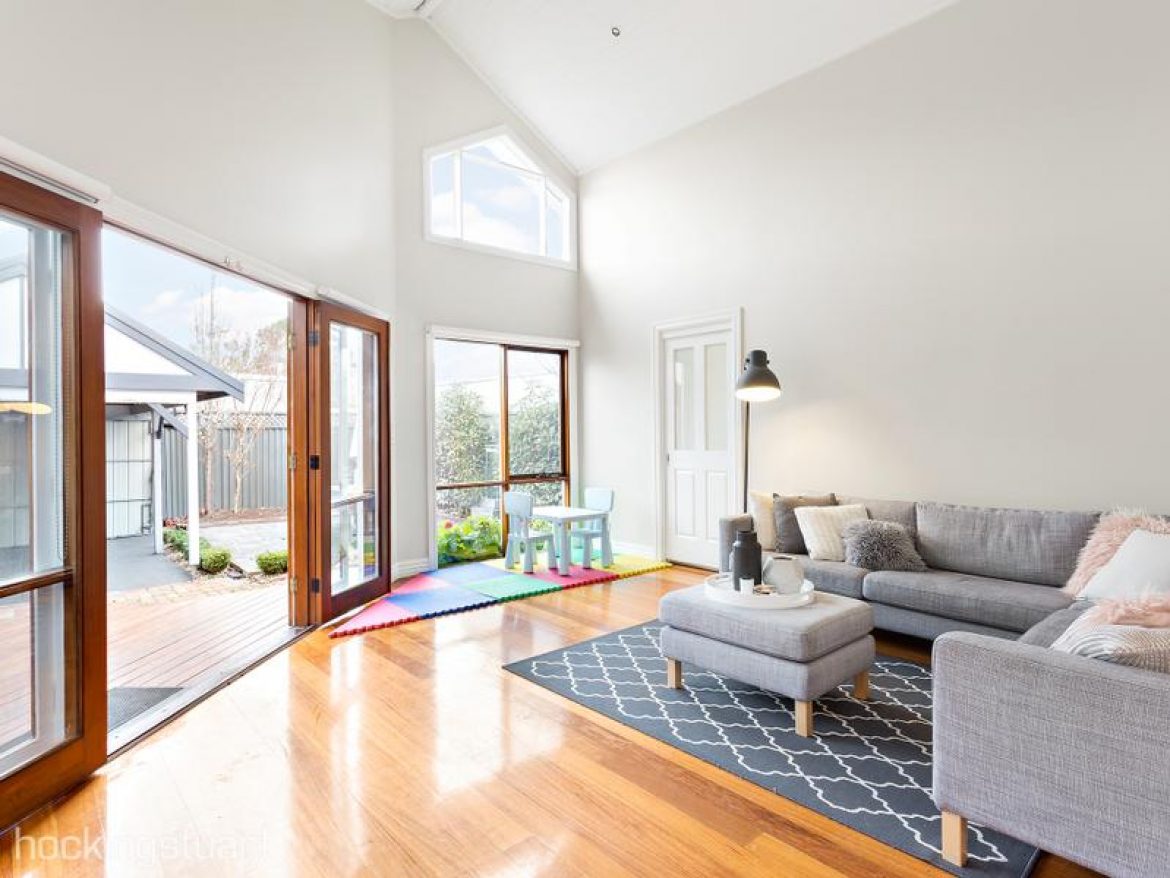As we approach the end of a six-month moratorium on evictions this month, virus-hit tenants across the country fear they could be forced out of their homes, if they can’t find money to pay rent.
The Prime Minister Scott Morrison put in place a six-month moratorium on evictions earlier in the year, in a bid to protect tenants, unable to pay rent due to loss of income as a result of coronavirus lockdowns. He also encouraged financially-struck tenants and landlords to work together to negotiate fair rent agreements during the pandemic.
This has resulted in a wave of rent reductions and rent deferrals across the country – in Victoria alone, Consumer Affairs Victoria recorded almost 26,000 agreements over the past four months.
Sydneysider George, who didn’t want to reveal his surname, works in the music industry and has been stood down from his job since April.
Currently paying rent with the help of his $1,500 monthly Jobkeeper payment, he’s negotiated a rent reduction with his landlord but says he worries what will happen once the moratorium comes to a close.
“There’s no way the music industry will be alive and kicking for a while,” he said.
“My rent reduction is meant to end in October, which means I’ll be paying the full amount again – Jobkeeper is also meant to be reduced. At this stage, I think I’m going to have to move out and into a cheaper place in the outer ‘burbs and get a job in hospo, which is fine for now.”
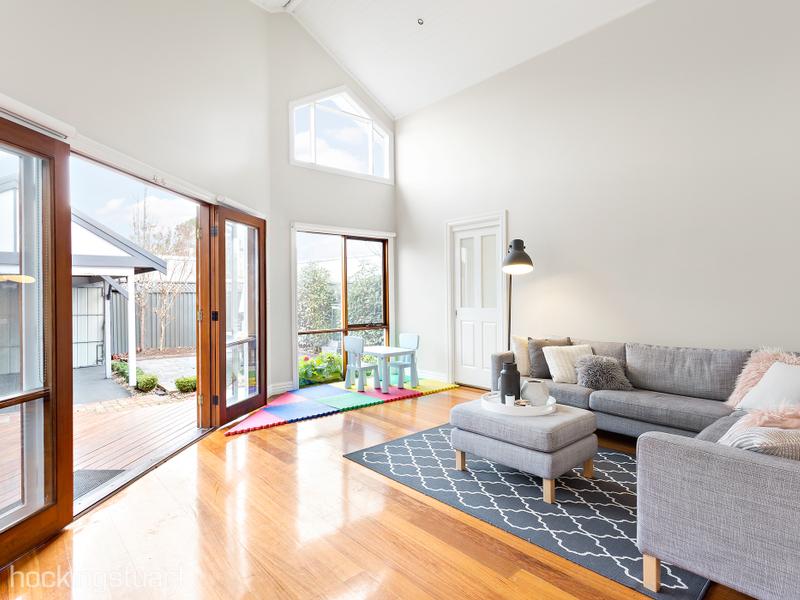
Tenants may be evicted from their homes once the moratorium comes to a close in September. Picture: realestate.com.au/rent
Once the eviction moratorium expires, there will no doubt be other tenants like George in difficult situations, as many will not have jobs to return to due to industry shutdowns during the health crisis.
Chief executive of Tenants’ Union of NSW, Leo Patterson Ross, expressed grave concern for those renters who could experience extended unemployment post-pandemic.
“[Australian Bureau of Statistics] unemployment figures show that there are roughly 100,000 people unemployed in New South Wales and this number was still growing in July,” Mr Patterson Ross said.
“We know many of these people are renting and have continued to struggle to pay rent during the last few months. We continue to hear from people who have been paying far more than they can afford.”
However, Cameron Kusher, Executive Manager, Economic Research at realestate.com.au said he doesn’t expect there to be “mass evictions”, but inner-city landlords will struggle.
“I think at this point most landlords realise that renters have been heavily impacted by job losses, but they also should be pragmatic enough to realise that the overall number of renters has dropped due to job losses, closed borders and HomeBuilder grants, which are encouraging more first home buyers [who were renters] to purchase a home,” Mr Kusher said.
“Landlords are going to be extremely challenged, particularly inner-city landlords, while borders are shut. Demand is going to be low and price reductions are likely as landlords battle to secure the smaller pool of tenants.”
If tenants are struggling to pay rent or continue to find themselves without work, they are encouraged to seek out financial aid packages they could be eligible for.
Here is a breakdown of what moratoriums are in place per state:
Victoria
Due to the strict stage four lockdown in Melbourne and stage three lockdown across the rest of Victoria, the state’s moratorium on evictions has been extended for both residential and commercial tenants until 31 December.
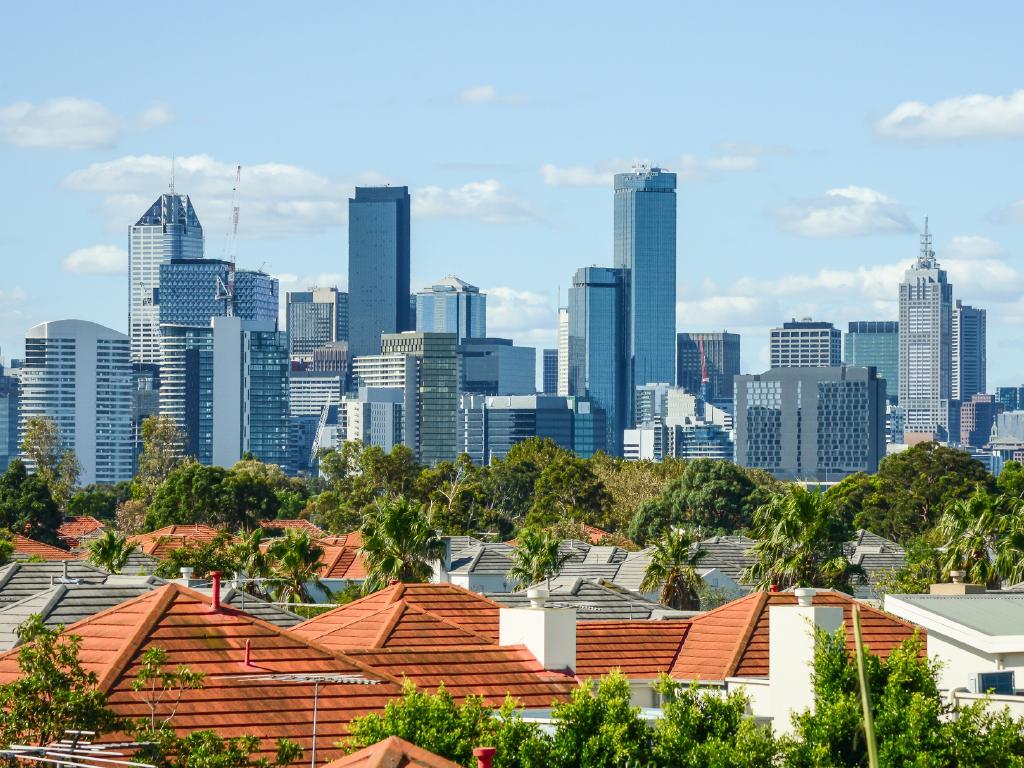
The moratorium has been extended in Victoria until 31 December. Picture: Getty
Rent relief grant payments for residential landlords and tenants will be increased from $2,000 to $3,000 and those already receiving the payments can apply for an extra $1,000.
Commercial and residential landlords who provide tenants impacted by coronavirus with rent relief, or who are unable to secure a tenant because of coronavirus, can also tap into land tax relief.
Despite this, landlords across Victoria are still reeling about the eviction ban extension as many of them face losing their properties as loan repayments pile up.
“The moratorium was supposed to support those in financial hardship as a result of COVID, not create greater hardship and financial bankruptcy for property owners,” said president of the Real Estate Institute of Victoria, Leah Calnan.
Rent negotiations between virus-hit landlords and tenants are expected to continue as unemployment rates rise and tenants seek help to stay in their homes.
The Victorian Treasury estimated in their July update that in the September quarter, Victoria’s unemployment rate could rise to 9% with job losses peaking at around 200,000. In July it was reported to be at 6.8%.
New South Wales
The moratorium on evictions in New South Wales, which was rolled out in two phases, is due to come to an end on 14 October.
From 15 April 2020, there was an interim 60-day stop on landlords seeking evictions for rental arrears where the renting household had been financially impacted by COVID-19.
The second phase was a longer six-month restriction on rental arrears evictions for households experiencing financial disadvantage as a result of COVID-19.
However, any unpaid rent on the newly agreed amount accrues in arrears.

There were two phases of the moratorium in New South Wales, which is now due to end on 14 October. Picture: Getty
“We were glad that the initial eviction moratorium was in place because it did prevent some people being evicted,” said Mr Patterson Ross.
“We know that there was also a large increase in people leaving homes in April and May because they could not afford the rent. In the inner suburbs of Sydney, the number of people who moved out and lost their whole bond doubled in the April-June period.”
With the moratorium set to end next month, it’s unlikely many tenants will be able to afford to stay put with unemployment rates at a steady incline, meaning they will be forced to leave or face eviction.
New South Wales Treasury figures showed a 7.2% unemployment rate as of 20 July, marking a steady increase from 20 January when it was 4.5%.
Queensland
Queensland’s moratorium on evictions is due to end on 29 September.
Tenants who have negotiated reduced rental payments since the moratorium was established will not have to repay the difference once the moratorium comes to an end but may face eviction.
Queensland Treasury reported the highest unemployment of all states in July 2020 at 8.8%, which is still relatively high considering many businesses were able to re-open thanks for low COVID-19 case numbers.
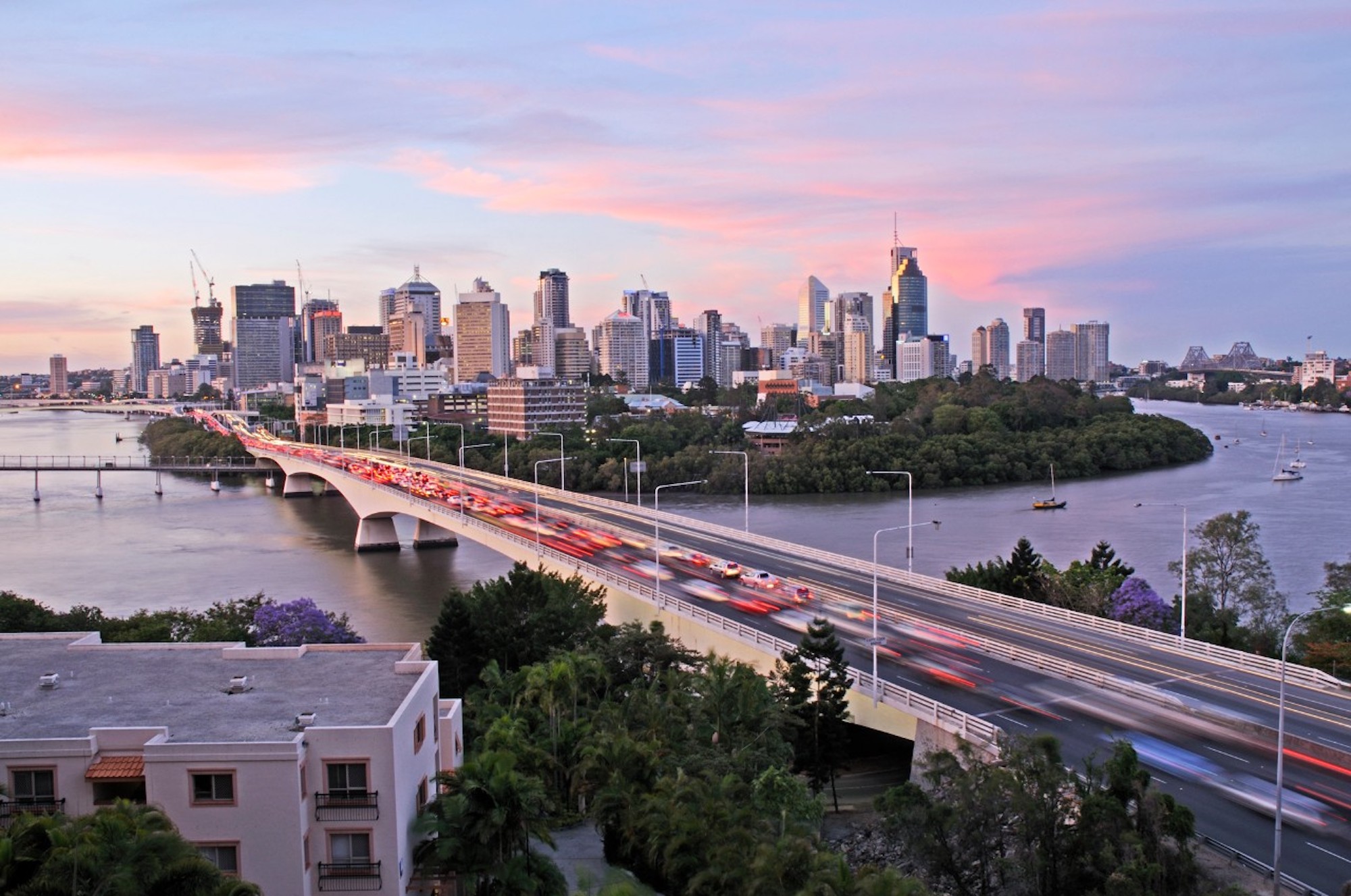
Vacancy rates in Queensland are low, which could suggest tenants are staying put thanks to to the moratorium. Picture: Getty
Cafes, pubs and restaurants are all open with one patron allowed per two square metres.
Rental vacancy rates are extremely low in the state, particularly within Mount Isa, Rockhampton, Toowoomba, Mackay and Bundaberg, with each region only showing a less than 1% vacancy rate in June.
This suggests the eviction ban has helped many tenants stay in their homes during the health crisis.
Western Australia
The moratorium on evictions is set to finish in Western Australia on 29 September.
The State Government encouraged landlords and tenants to come together to discuss rent deferrals, rent reductions, or vacating a fixed lease without penalty.
If an agreement couldn’t be made, the case could be presented to the Commissioner for Consumer Protection.

Western Australia has recorded low cases of coronavirus for several months now, which means it’s business as usual for many tenants. Picture: Getty
Tenants can still have their leases terminated and be evicted if they cause damage to the property; pose a threat to the landlord or neighbours; don’t pay rent when they are not financially affected by COVID-19; refuse to make a rent payment agreement with their landlord or; if they abandon the property.
The unemployment rate in Western Australia was recorded at 8.3% in July 2020.
The state continues to record very low coronavirus cases, which means many Western Australians have been able to return to work as usual, while tenants who were stood down from work have been able to draw a regular income again.
South Australia
In South Australia, the eviction moratorium ends on 29 September.
Tenants and landlords were asked to sit down and come to an agreement if a tenant had been financially impacted by COVID-19. However, the tenant is required to pay back their rent once the moratorium has expired.
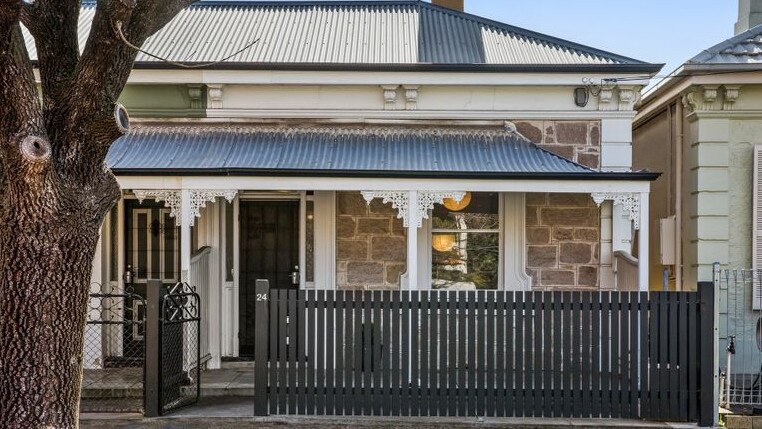
Tenants in South Australia are required to pay back any rental arrears accrued during the moratorium. Picture: realestate.com.au/rent
A tenant who can prove financial hardship due to COVID-19 cannot be evicted but can be evicted for other reasons.
The unemployment rate in South Australia was at 7.9% in July.
Similarly to Western Australia, South Australia continues to record low coronavirus cases, which means it’s business as usual for most industries.
This has resulted in many tenants returning to the workforce, which is reflected in the monthly decrease in unemployment in the state from June when it was at 8.8%.
Tasmania
The moratorium on evictions ends in Tasmania on the 30 September.
Protections initially put in place by the state government were due to end in June 2020, but they were extended to be in line with the rules in place in other states and territories.
A notice to vacate issued by an owner to a tenant will be ineffective until 30 September.
Landlords and tenants were asked to reach an agreement for a rent reduction if experiencing hardship due to COVID-19.

The moratorium on evictions ends in Tasmania on the 30 September. Picture: realestate.com.au/rent
Parties can apply to the Residential Tenancy Commissioner (the Commissioner) to have an order to terminate the agreement in the case of severe COVID-19-related hardship.
Tasmania is another state, which has kept coronavirus cases down meaning many tenants have been able to return to work and stay in their rentals.
The state’s unemployment rate in July 2020 was at 6%.
Australian Capital Territory
The moratorium on evictions ends in the ACT on 22 October.
Originally due to expire in July 2020, the Australian capital announced an extension until October because of the health crisis.
This continues to allow tenants and landlords to negotiate rent and terminate a fixed term tenancy by giving at least three weeks notice if impacted by COVID-19.
However, unlike Victoria, Tasmania, South Australia, and Western Australia, the ACT has not introduced a blanket freeze on rent increases.
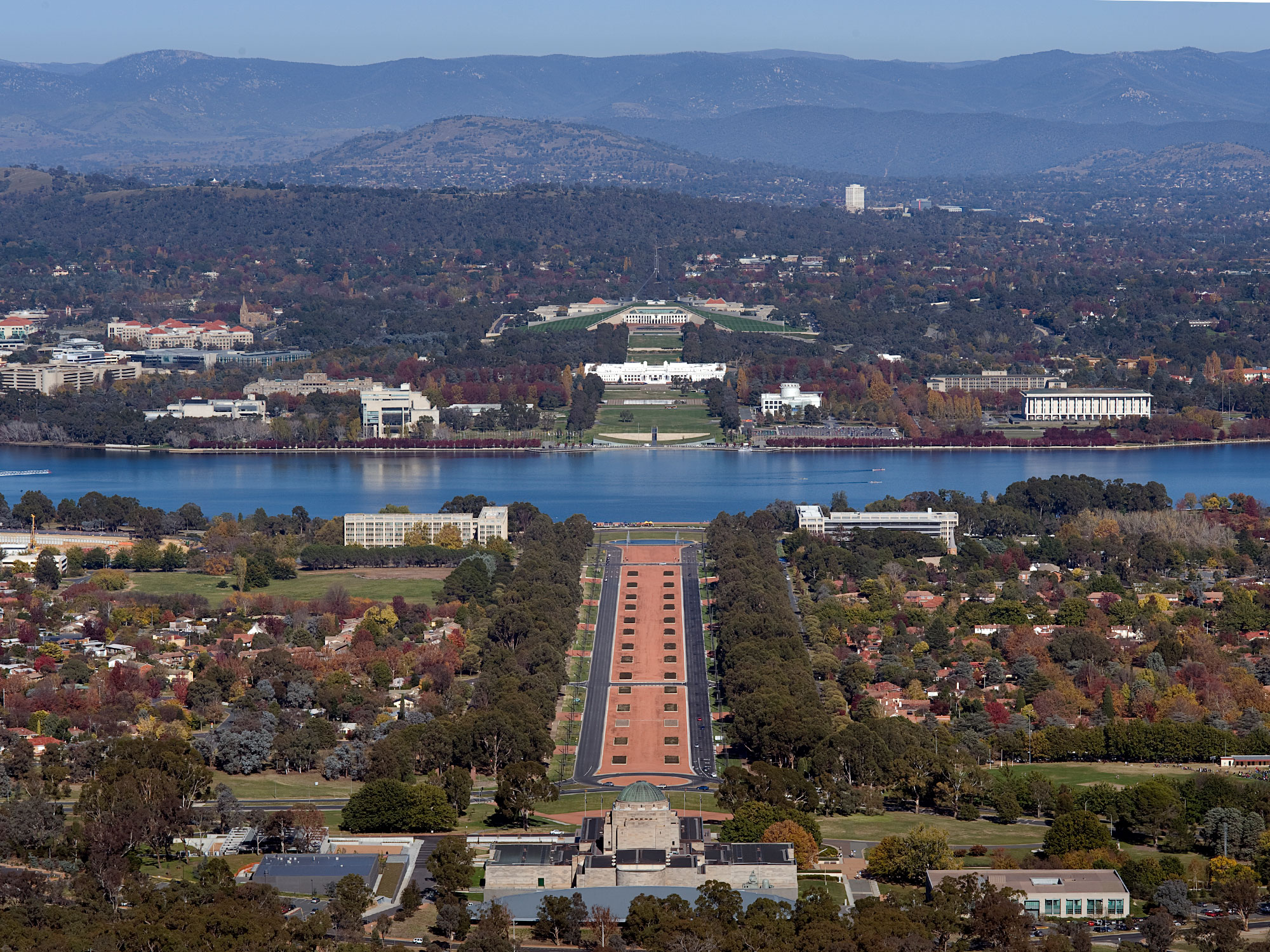
The ACT Government has extended the eviction moratorium until October. Picture: Getty
With eased restrictions thanks to low coronavirus cases in the territory, it’s generally business as usual for most, which means many tenants who were previously stood down from work are most likely back in employment.
Unemployment in the ACT was at 4.6% in July 2020, which is the lowest in Australia.
Northern Territory
The Northern Territory Government walked away from the moratorium on evictions back in April.
Instead, the negotiation period between virus-hit tenants and landlords on rent has been extended from 14 days to 60 days and the notice period for eviction has also been increased from 14 days to 60 days, which gives tenants protection for up to 120 days.
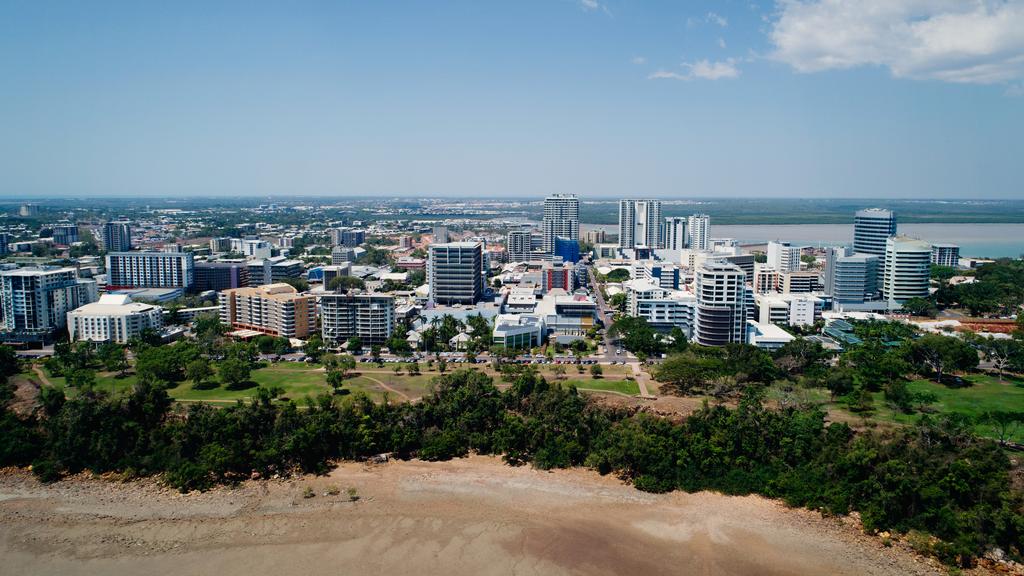
The NT walked away from the six-month eviction moratorium in April. Picture: Getty
The Northern Territory was hardly impacted by coronavirus compared to the rest of the country, with little to no case numbers over the past six months.
This has meant many tenants have been able to go to work as usual and continue paying their rent. However, the territory’s unemployment rate was at 7.5% in July 2020.
The post How the end of the COVID-19 eviction moratorium will impact tenants and landlords appeared first on realestate.com.au.

